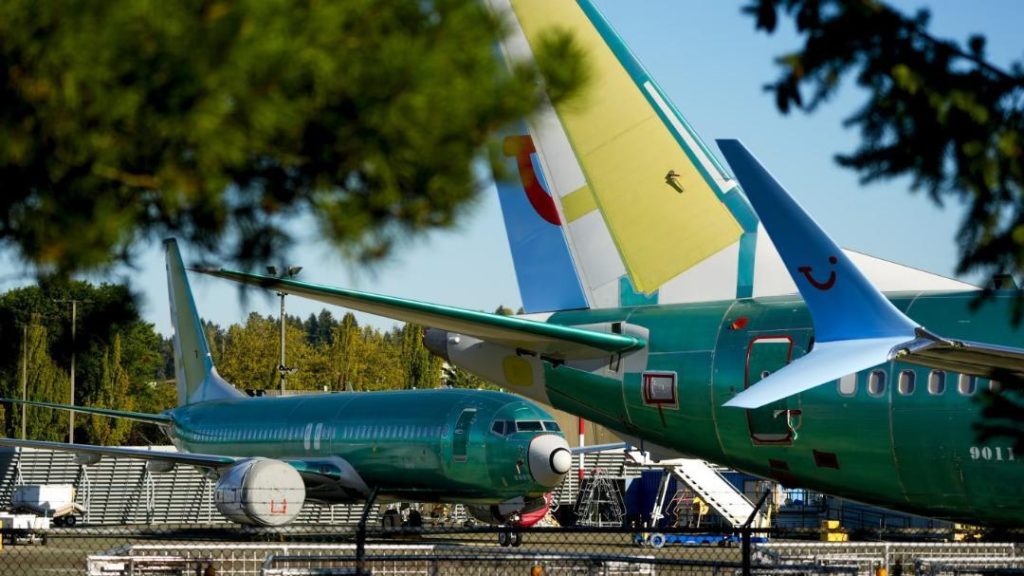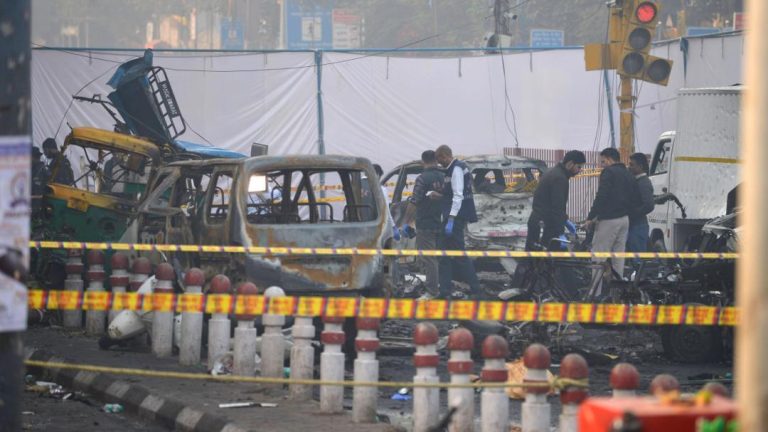
Boeing Crashes, Incidents & Failures: 2019-2025 Timeline
As the world’s leading aerospace company, Boeing has been at the forefront of innovation and excellence in the aviation industry. However, between 2019 and 2025, the company’s aircraft were involved in multiple crashes, technical failures, emergency landings, and structural issues, raising concerns over Boeing’s safety, quality control, and reliability.
In this blog post, we will take a closer look at the timeline of Boeing’s crashes, incidents, and failures during this period, highlighting the major events and their impact on the company and the aviation industry as a whole.
2019: The 737 MAX Crisis
The year 2019 was marked by a series of incidents involving Boeing’s 737 MAX aircraft. In March 2019, an Ethiopian Airlines Boeing 737 MAX 8 crashed, killing all 157 people on board. This was the second fatal crash of a 737 MAX in less than six months, following the Lion Air crash in October 2018.
The investigations into these crashes revealed a common problem with the aircraft’s Maneuvering Characteristics Augmentation System (MCAS), which was designed to prevent the plane from stalling. However, the system was found to be faulty and had been activated by the pilots in both crashes.
As a result, Boeing was forced to ground the entire 737 MAX fleet worldwide, and the company faced widespread criticism and scrutiny. The crisis led to a significant decline in Boeing’s stock price and reputation, with many nations and airlines grounding the aircraft.
2020: More 737 Crashes and Technical Failures
In 2020, Boeing’s 737 aircraft continued to be plagued by technical issues and crashes. In January 2020, a China Eastern Airlines 737-800 crashed in Guangxi, China, killing all 132 people on board. The investigation into the crash found that the pilots had failed to properly follow procedures, but the incident highlighted ongoing concerns over the aircraft’s safety.
In March 2020, a South Korean Airlines 737-800 experienced a sudden loss of cabin pressure during a flight, forcing the pilots to make an emergency landing. The incident was attributed to a faulty oxygen tank, which was later found to be a widespread issue among Boeing’s 737 fleet.
In June 2020, a 737-800 operated by Indonesia’s Sriwijaya Air crashed into the Java Sea, killing all 62 people on board. The investigation into the crash found that the pilots had failed to follow procedures, but the incident highlighted concerns over the aircraft’s maintenance and certification processes.
2021: Boeing’s 787 Dreamliner Issues
In 2021, Boeing’s 787 Dreamliner aircraft faced its own set of technical issues and failures. In January 2021, a Japan Airlines 787-8 experienced a sudden loss of cabin pressure during a flight, forcing the pilots to make an emergency landing. The incident was attributed to a faulty oxygen tank, similar to the issue experienced by the South Korean Airlines 737-800 in 2020.
In March 2021, a United Airlines 787-9 experienced a series of technical issues, including a loss of cabin pressure and a malfunctioning engine. The incident highlighted concerns over the aircraft’s reliability and maintenance procedures.
2022: The Air India Dreamliner Crash
In 2022, Boeing’s 787 Dreamliner aircraft faced a major setback with the crash of an Air India Dreamliner in Ahmedabad, India. On May 23, 2022, the aircraft crashed during takeoff, killing all 117 people on board. The investigation into the crash is ongoing, but initial reports suggest that a combination of human error and technical issues may have contributed to the incident.
2023-2025: Ongoing Concerns and Reforms
In recent years, Boeing has taken steps to address the recurring problems with its 737 and 787 jets. The company has implemented reforms and improvements to its quality control and testing processes, as well as enhanced pilot training and emergency procedures.
However, despite these efforts, ongoing concerns over Boeing’s safety, quality control, and reliability continue to raise concerns among regulators, airlines, and passengers. The company’s decision to lay off 180 engineers in Bengaluru, India, in 2022 has also sparked concerns over its commitment to safety and innovation.
Conclusion
The timeline of Boeing’s crashes, incidents, and failures between 2019 and 2025 highlights the ongoing challenges facing the company. Despite its commitment to safety and innovation, Boeing’s aircraft have been plagued by technical issues, crashes, and structural problems, raising concerns over its quality control and reliability.
As the aviation industry continues to evolve and grow, it is essential that Boeing and other manufacturers prioritize safety, quality control, and reliability. The ongoing reforms and improvements implemented by Boeing are a step in the right direction, but more work needs to be done to regain the trust of regulators, airlines, and passengers.
News Source:
https://ascendants.in/business-stories/boeing-lays-off-180-engineers-bengaluru/






